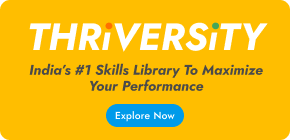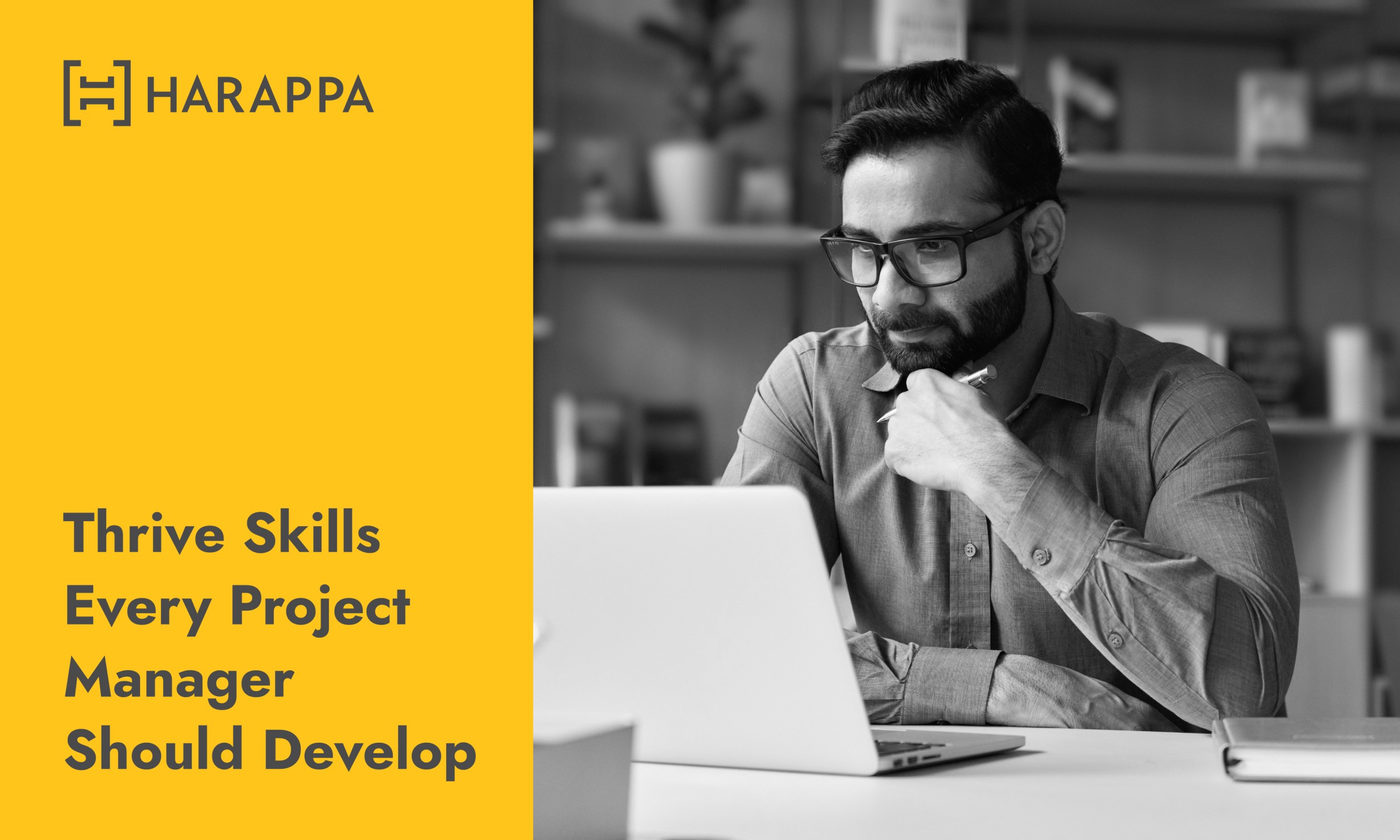During the lockdown, many of us turned to new and exciting projects like learning how to bake, enrolling in online classes or tackling a new language.
We also had to assess our learning needs. We optimized our time to upskill or pick up a new hobby and chose the method of instruction that was right for us. If you taught yourself how to play a musical instrument or learned a language all by yourself, you were engaging in self-directed learning.
There are many times when we don’t want others to teach us how to do something. Sometimes, we find it more effective to teach ourselves. In this way, we can control the process as well as the outcome.
Discover the meaning of self-directed learning and how it helps you become an agile learner with active behavior.
What Is Self-Directed Learning?
Learning that is for the self and by the self is self-directed learning. If you’re learning how to bake a cake by browsing recipes online and experimenting with flavors, you’re teaching yourself. You set your goals and strategies that work for you. The importance of self-directed learning is that it’s an effective learning technique that keeps you motivated, engaged and curious. It may be in an informal or formal setting. For instance, when you’re at work and you’re training yourself in new software or skill, it’s a formal setting. But if you’re teaching yourself how to play the piano for pleasure, it’s in an informal setting.
Let’s discover some strategies for self-directed learning:
-
Identify Learning Needs
The first step is to identify your learning needs—what it is you want to learn by yourself. It may be a course or project you want to undertake without supervision. You may want to teach yourself a new language. More often than not, self-directed learning stems from a passion you want to pursue. If you’ve always wanted to learn something but your career took a different turn, this can be your way to revisit some of those aspirations. Your learning needs are personal and you can motivate yourself to keep going because the reason you started is clear to you.
-
Define Clear Learning Goals
Even strategies for self-directed learning include clearly defined learning goals. You can create your own self-directed learning model to suit your needs. Your goal can be to play a particular song on the guitar. You may even want to improve your communication or public speaking skills for a client presentation at work. Your learning goals may be formal or informal. But with self-directed learning, you’re aware of the amount of work you’re putting in.
-
Maximize Learner Engagement
Learner engagement is how actively you’re involved in the learning process. If you hit a roadblock, you’re taking measures to overcome it. If you have questions, you’re going out of your way to seek answers whether online or from someone else. Maximizing learner engagement is an effective way to get more out of your learnings. You retain more information and you’re keener when it comes to solving problems.
-
Apply Learning Strategies
Monitoring your learning process at every stage, giving yourself a score or even creating assessments for yourself can be part of your learning strategy. How you start is up to you. You can either look up things online, talk to someone familiar with the concept or head to a library, if accessible. But for self-directed learning, the internet is your best friend. Summarize your learnings after each step so you can retain your acquired knowledge.
-
Evaluate Learning Outcomes
Reflecting on your learning outcomes is a great way to see how far you’ve come. Ask yourself questions like, ‘Was I able to achieve my goal?’, ‘Am I equipped to apply my newly acquired skills?’ or, ‘Do I need to learn further?’ Learn from your experiences, setbacks and successes to make the most of your time. This way, you can create an even better self-directed learning model for yourself.
With examples of self-directed learning in both informal and formal settings, we can identify the importance of self-directed learning for personal and professional growth. Staying curious and seeking knowledge is a great way to accomplish your goals.
Harappa’s Learning Expertly course will teach you how to develop a growth mindset. You’ll learn to take a fresh approach to existing problems and recycle ideas to come up with creative solutions. With frameworks like Gibbs’ Reflective Cycle, you’ll identify pain points and skills from your past experiences. Embrace flexibility and become a lifelong learner with Harappa!
Explore topics such as Detailed Guide To Blended Learning, Ways To Become An Effective Learner, Different Methods Of Learning, Tips For Online Class and Types Of Blended Learning to upgrade your knowledge and skills.
 now, no signup required!
now, no signup required!




